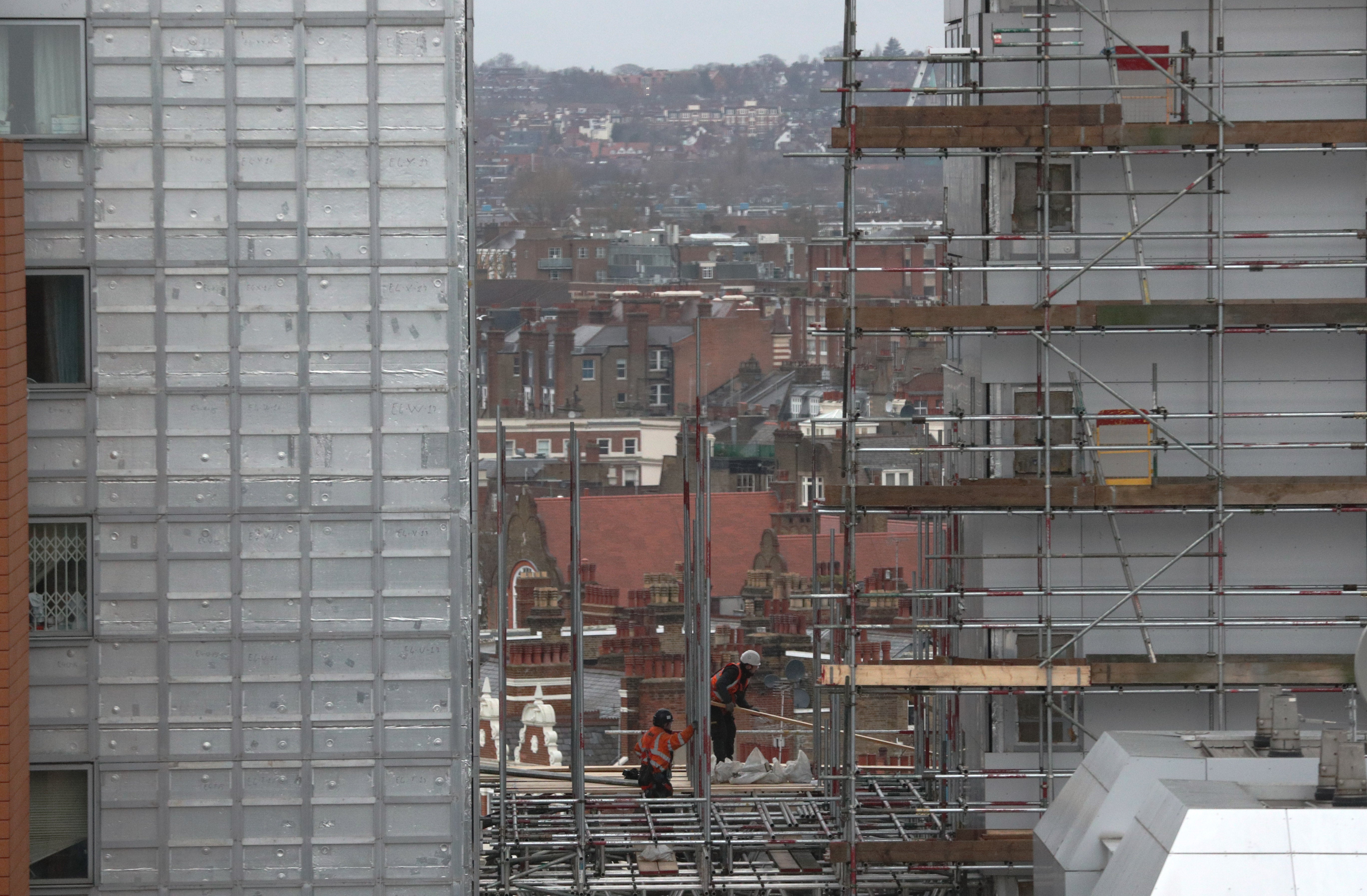Government knew in 2002 that Grenfell cladding should never have been used on high rises, inquiry hears
Flames raged to 20m high after just five minutes as molten plastic dripped from panels, testing given to government fifteen years before Grenfell tragedy showed

Your support helps us to tell the story
From reproductive rights to climate change to Big Tech, The Independent is on the ground when the story is developing. Whether it's investigating the financials of Elon Musk's pro-Trump PAC or producing our latest documentary, 'The A Word', which shines a light on the American women fighting for reproductive rights, we know how important it is to parse out the facts from the messaging.
At such a critical moment in US history, we need reporters on the ground. Your donation allows us to keep sending journalists to speak to both sides of the story.
The Independent is trusted by Americans across the entire political spectrum. And unlike many other quality news outlets, we choose not to lock Americans out of our reporting and analysis with paywalls. We believe quality journalism should be available to everyone, paid for by those who can afford it.
Your support makes all the difference.The UK government had all the evidence it needed to know as far back as 2002 that the dangerous cladding used on Grenfell Tower should "never, ever" have been installed on tall buildings, an inquiry into the fatal blaze has heard.
When the cladding – which consisted of a plastic core coated with thin sheets of aluminium – was tested, molten metal began to drip from the panel after just three minutes.
Documents reviewed by the Grenfell Tower Inquiry on Monday showed the 30-minute test was halted after just five minutes for safety reasons when flames raged as high as 20m.
The Building Research Establishment (BRE), a privatised testing organisation which carried out the test in summer 2001, handed its evidence to government in September 2002.
Dr Debbie Smith, former managing director of the BRE told the inquiry it was the government’s responsibility to release the findings.
Asked whether the government “was in no doubt at all that ACM panels” with a polyethylene core should “never, ever” be used over18 metres, Ms Smith said yes, providing the government trusted the methodology.
Despite the “catastrophic” test failure, ACM panels were widely marketed as being compliant with a key standard known as Class 0, which meant they could be used on high-rise residential blocks.
The government issued no warning to industry and did not withdraw the Class 0 standard despite major concerns about its adequacy. ACM cladding was allowed to be installed on hundreds of high-rise developments over the fifteen years following the 2002 report.
Housing secretary Michael Gove admitted on Monday that government must also take responsibility for the building safety crisis.
“Whether it’s government, the BRE, or others, it was clear there was a collective failure to ensure that appropriate safety rules were followed and that information was shared in an appropriate way,” he told the Levelling up, Housing and Communities Committee on Monday.
In an apparent reference to the 2002 report, Mr Gove said: “Going back as far back as 2002... arguably further back than that, it is clear that there were flaws in the way in which products were being tested, sold, marketed and regulated.”
The latest evidence of a decades-long failure to regulate Britain's construction and building materials industries came days after Mr Gove laid out new plans to make developers and manufacturers pay more to remediate unsafe blocks.
Experts and campaigners fear that, under Mr Gove’s new plans, companies ordered to pay will drag disputes through the courts, further delaying the process of making flats safe.
A host of other fire safety issues have been found after Grenfell, including a range of dangerous materials and substandard construction work that meant blocks were built without barriers to stop the spread of flames.
Almost five years after Grenfell, the government still does not know how many buildings need to be remediated, which are highest-risk or what the total cost of work will be.
Leaseholders have been handed life-changing bills and disruptive building work has dragged on for months or even years.
The Grenfell Tower Inquiry also heard on Monday that suppliers "routinely misstated" their ACM cladding products complied with fire safety requirements.
Seven out of 11 companies' were found by the BRE to have made misleading statements indicating their cladding met the Class 0 standard, meaning it could be used on buildings over 18m tall.
"It appears that the market claims of some manufactured products were not as they ought to be," said Dr Smith.
She added that some manufacturers "potentially" misrepresented ACM as being suitable for buildings above 18m in height.
Richard Millet QC asked Dr Smith if he was "struck that a majority of suppliers of allegedly Class 0 products misrepresented the classification?"
Dr Smith replied that it had been a "surprise" to her and the government was informed about the issue.
“Claims that a manufacturer makes in the market are their responsibility. They have to be able to justify those claims", said Dr Smith.
Join our commenting forum
Join thought-provoking conversations, follow other Independent readers and see their replies
Comments